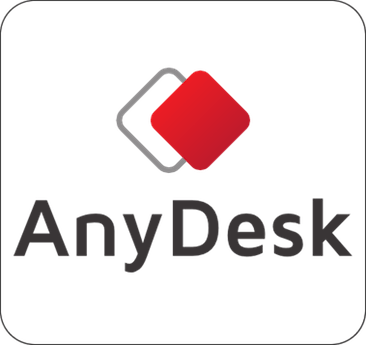Back
NLPL1
Nonlinear L1 - Optimization
Version 2.4 (2010)
Purpose
NLPL1 solves constrained nonlinear optimization problems, where the objective function is the sum of absolute function values. In addition there may be any set of equality or inequality constraints. It is assumed that all individual problem functions are continuously differentiable.
Numerical Method
The problem is transformed into a general smooth nonlinear programming problem which is then solved by the sequential quadratic programming (SQP) code NLPQLP.
Program Organization
NLPL1 is a double precision FORTRAN subroutine and parameters are passed through arguments.
Special Features
- reverse communication
- nonlinear constraints
- bounds and linear constraints remain satisfied
- FORTRAN source code (close to F77, conversion to C by f2c possible)
Applications
NLPL1 is part of the interactive data fitting system EASY-FIT which contains now 1,300 test examples.
Reference
- K. Schittkowski, NLPL1: A Fortran implementation of an SQP algorithm for minimizing sums of absolute function values - user's guide, Report, Department of Computer Science, University of Bayreuth (2008)
- K. Schittkowski, DFNLP: A Fortran implementation of an SQP-Gauss-Newton algorithm, Report, Department of Computer Science, University of Bayreuth (2005)
- K. Schittkowski (2002): EASY-FIT: A software system for data fitting in dynamic systems, Structural and Multidisciplinary Optimization, Vol. 23, No. 2, 153-169
- K. Schittkowski (2002): Numerical Data Fitting in Dynamical Systems - A Practical Introduction with Applications and Software, Kluwer Academic Publishers
- K. Schittkowski, Solving nonlinear least squares problems by a general purpose SQP-method, in: Trends in Mathematical Optimization, K.-H. Hoffmann, J.-B. Hiriart-Urruty, C. Lemarechal, J. Zowe eds., International Series of Numerical Mathematics, Vol. 84, Birkhaeuser, 1988


